Border economy is an important pillar in Vietnam-Cambodia trade cooperation as two-way trade turnover has increased more than three times in 10 years, from 3.3 billion USD in 2014 to 10.1 billion USD.
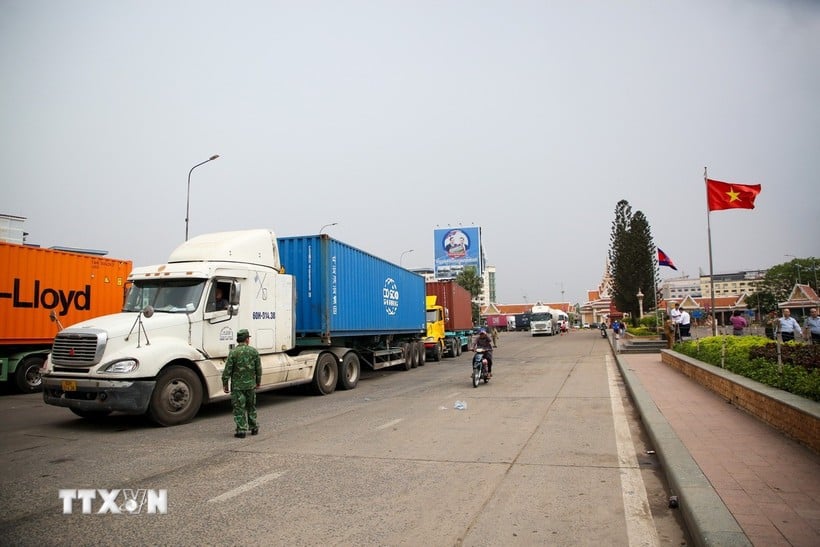
Vietnam has a border with Cambodia of about 1,137 km long, passing through 8 provinces; of which, there are 4 localities in the South (including Dong Nai, Tay Ninh, Dong Thap and An Giang ). Border trade economy has long contributed to the socio-economic development of these localities.
The strategic breakthroughs identified in the Resolution of the Provincial Party Congress for the 2025-2030 term continue to emphasize the role of a pillar, opening up new opportunities for border economic development.
The 1,137 km long Vietnam-Cambodia border has a strategic position and is important for promoting cooperation in developing the East-West economic corridor and the Greater Mekong Subregion. Among the localities bordering Cambodia, Tay Ninh is the province with the most vibrant border economic activities.
The province has 4 international border gates; of which, Moc Bai Border Gate Economic Zone - the largest international road border gate in the South on the Vietnam-Cambodia border, is an important international trade gateway, connecting Vietnam with Cambodia, ASEAN countries and the Greater Mekong Sub-region.
By the end of June 2025, Moc Bai Border Gate Economic Zone attracted 60 projects, including 26 FDI projects (registered investment capital of 488.18 million USD) and 34 domestic projects (registered investment capital of about 8,500 billion VND).
However, according to the People's Committee of Tay Ninh province, Moc Bai Border Gate Economic Zone has not yet fully exploited its potential and advantages when the exploitation area has only reached 15%, the total infrastructure investment capital from the State budget has reached nearly 992 billion VND. Therefore, developing Moc Bai Border Gate Economic Zone is an important strategic orientation of Tay Ninh province in the new period, after merging with Long An province, expanding the development space.
The announcement of the Master Plan for the construction of Moc Bai Border Gate Economic Zone until 2045 (with a total natural area of about 21,284 hectares) at the end of September 2025 is the first step in realizing the vision of turning Moc Bai into a modern industrial-urban-commercial-service and logistics center, an important trading hub of the Southeast region, and a gateway to international economic integration.
Tay Ninh province also proposed that the Central Government allow pilot application of special and outstanding mechanisms and policies for Moc Bai in a number of areas such as investment selection, land, tax, customs, night-time economy, etc. to create competitive advantages and attract strategic investors and large-scale projects.
From two localities bordering Cambodia (formerly An Giang and Kien Giang), after the merger, the new An Giang province with a border of more than 148 km has more room to promote border economy. The Resolution of the first An Giang Provincial Party Congress (term 2025-2030) determined to focus resources and attract investment to develop the An Giang border gate economic zone to become an important trading hub, a center for economic exchange and development between the countries of the Mekong Sub-region, especially in relations with Cambodia.
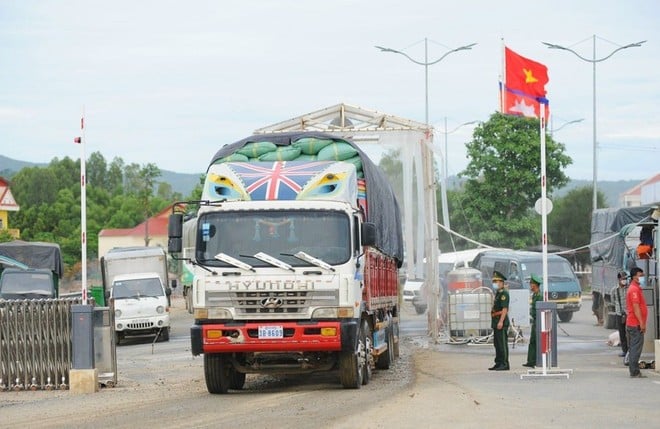
An Giang province currently has 3 international border gates: Tinh Bien, Vinh Xuong and Ha Tien. An Giang border gate economic zone is considered one of the new growth poles located on the key economic corridor of the Mekong Delta, contributing to increasing regional connectivity, expanding the market, promoting trade and tourism activities in the border area. An Giang border gate economic zone is oriented to develop multi-sectorally, multi-field, including industry, trade, services, logistics, urban areas, tourism and agriculture, forestry and fishery.
According to the Management Board of An Giang Economic Zones, to date, the province's industrial parks and border economic zones have attracted 67 projects (including 11 FDI projects), with a total registered capital of VND 13,587 billion. In the near future, when Khanh Binh national border gate is upgraded to an international road and river border gate, it will further help to maximize the potential and advantages of border economic zones in An Giang province.
Investment in transport and logistics infrastructure
Border economy is an important pillar in Vietnam-Cambodia trade cooperation. Two-way trade turnover has increased more than three times in 10 years, from 3.3 billion USD in 2014 to 10.1 billion USD.
According to the Import-Export Department (Ministry of Industry and Trade), despite strong growth, Vietnam-Cambodia trade cooperation still has many barriers and limitations that need to be improved soon, such as customs procedures, customs clearance time, border gate infrastructure, inter-regional traffic connections, connection of import-export hubs, logistics centers in border areas, etc.
The first Congress of Tay Ninh Provincial Party Committee (term 2025-2030) determined that by 2030, Tay Ninh province will strive to have a dynamic and sustainable economic development; be a strategic connection center between the Southeast region and the Mekong Delta, and at the same time be a strategic trade hub with Cambodia.
Mr. Nguyen Van Ut, Chairman of the People's Committee of Tay Ninh province, said that to achieve the above goal, the locality will focus on a number of key tasks, including mobilizing resources for key projects; developing the inter-regional transport system, especially completing the transport infrastructure system connecting with Ho Chi Minh City and the Southeast; promoting border gate economy and border economy.
Specifically, the road connecting the Moc Bai-Xuyen A industrial-urban corridor, the Ho Chi Minh City-Tay Ninh-Dong Thap axis (DT.827E), Ho Chi Minh City beltway 4, Duc Hoa dynamic road, Ho Chi Minh City-Moc Bai expressway, Go Dau-Xa Mat expressway (phase 1). Along with exploiting the existing logistics infrastructure at Long An international port (capable of receiving ships with a capacity of up to 70,000 tons), Tay Ninh also develops industrial production zones, concentrated logistics services, connecting with key traffic routes such as Ho Chi Minh City-Moc Bai expressway, National Highway 22, National Highway 14C.
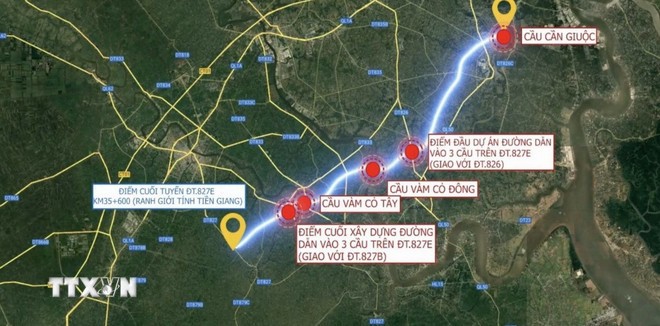
In the new term with new space and development opportunities, An Giang province also focuses resources and attracts investment to develop An Giang border gate economic zone to become a trading hub, an important economic and commercial center, promoting international cooperation.
An Giang Provincial Party Secretary Nguyen Tien Hai said that in the 2025-2030 period, one of the province's three strategic breakthroughs is to focus on infrastructure investment, promote regional connectivity, and cooperation between localities for socio-economic development; focusing on investing in completing the road traffic system, upgrading traffic infrastructure connecting border gates, especially the Chau Doc-Long Xuyen economic corridor, the border economic corridor, the corridor along Tien River-Hau River... connecting with the Chau Doc-Can Tho-Soc Trang expressway; projects connecting coastal roads, expressways, national highways to border gates (Tinh Bien, Khanh Binh); provincial roads... coordinating with the Ministry of Construction and related units to deploy national traffic works, expressway projects passing through the province.
Taking advantage of new space and new space to develop border trade economy in the condition that the locality has a strategic position at the gateway of the Mekong Delta, from the border with Cambodia to the East Sea (after merging with the old Tien Giang province), in the coming time, Dong Thap province will invest in developing modern, synchronous transport infrastructure, adapting to climate change, focusing on cross-border and multimodal logistics infrastructure to make Dong Thap become a transit center of the Mekong Sub-region.
According to the Department of Construction of Dong Thap province, the province prioritizes the implementation of key traffic projects connecting Ho Chi Minh City with the Mekong Delta; investing in the construction of East-West connecting roads from Go Cong Dong Marine Economic Zone with Dinh Ba Border Gate Economic Zone and the road connecting Tan Thanh Marine Economic Zone with Thuong Phuoc Border Gate Economic Zone (Tien River route); to open up regional connectivity, create momentum for local socio-economic development, promote regional and cross-border trade./.
Source: https://baolangson.vn/co-hoi-moi-phat-trien-kinh-te-bien-mau-tai-4-tinh-nam-bo-5062095.html





![[Photo] National Assembly Chairman Tran Thanh Man received a delegation of the Social Democratic Party of Germany](https://vphoto.vietnam.vn/thumb/1200x675/vietnam/resource/IMAGE/2025/10/28/1761652150406_ndo_br_cover-3345-jpg.webp)
![[Photo] Flooding on the right side of the gate, entrance to Hue Citadel](https://vphoto.vietnam.vn/thumb/1200x675/vietnam/resource/IMAGE/2025/10/28/1761660788143_ndo_br_gen-h-z7165069467254-74c71c36d0cb396744b678cec80552f0-2-jpg.webp)
![[Photo] Prime Minister Pham Minh Chinh chaired a meeting to discuss solutions to overcome the consequences of floods in the central provinces.](https://vphoto.vietnam.vn/thumb/1200x675/vietnam/resource/IMAGE/2025/10/29/1761716305524_dsc-7735-jpg.webp)
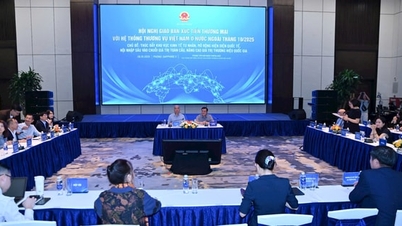

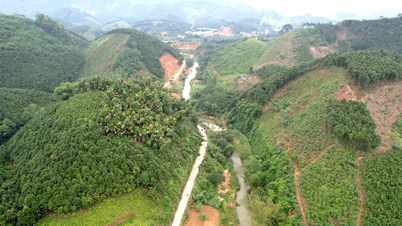

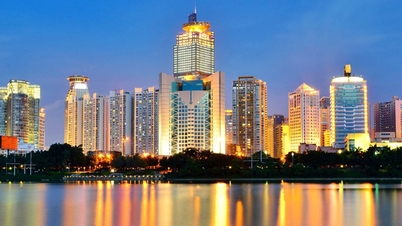

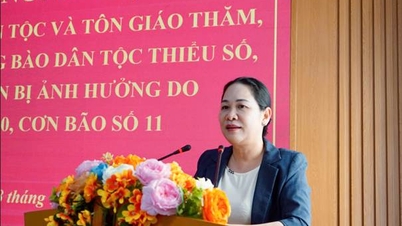

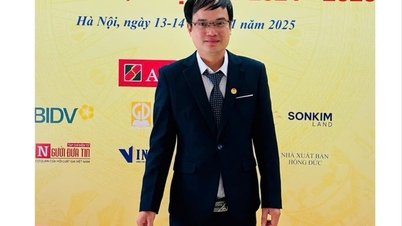

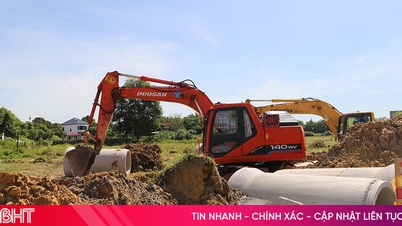






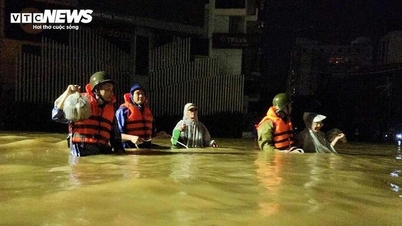
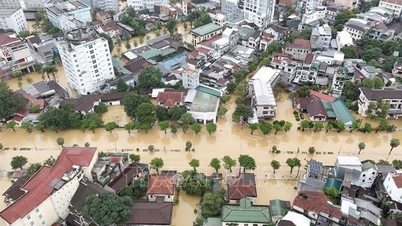
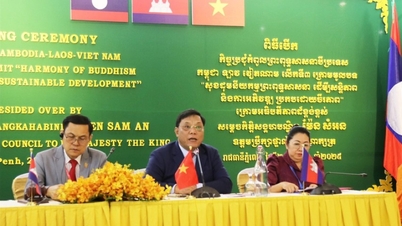
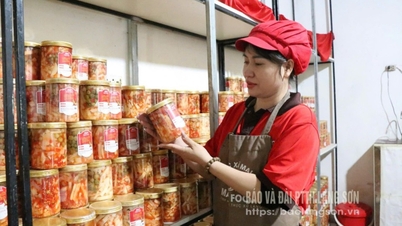
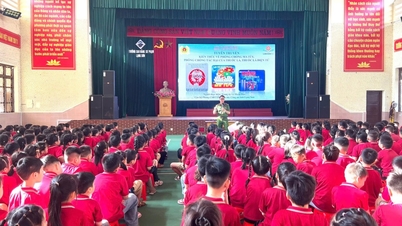
![[Photo] Draft documents of the 14th Party Congress reach people at the Commune Cultural Post Offices](https://vphoto.vietnam.vn/thumb/1200x675/vietnam/resource/IMAGE/2025/10/28/1761642182616_du-thao-tai-tinh-hung-yen-4070-5235-jpg.webp)
























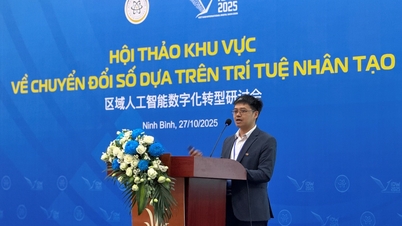

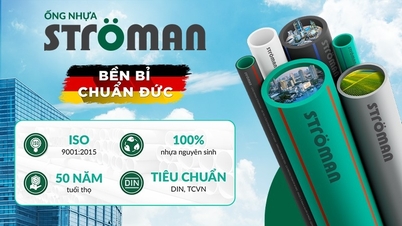
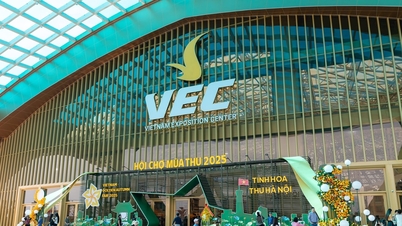







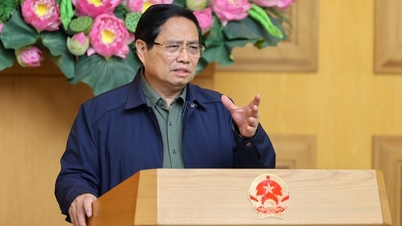
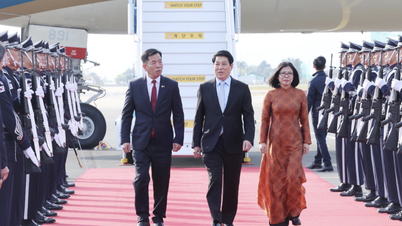


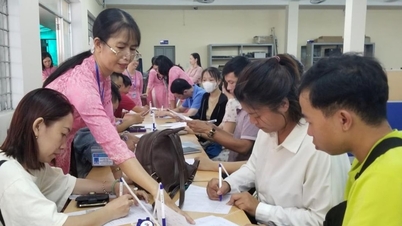
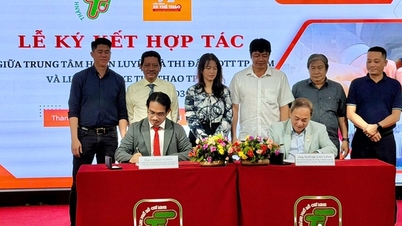

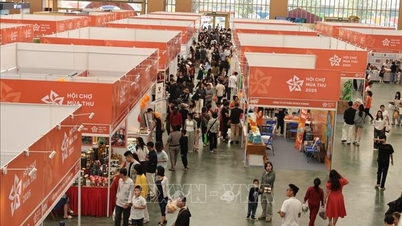





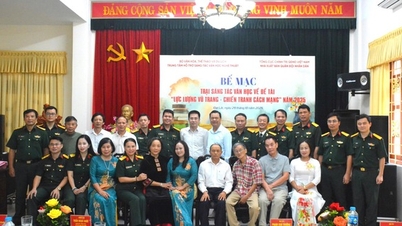

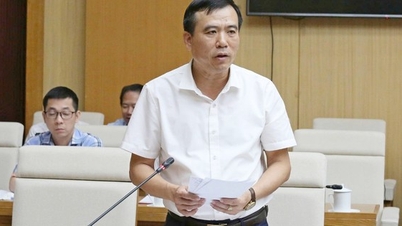

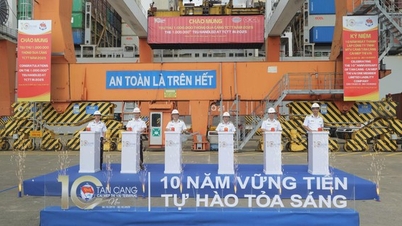
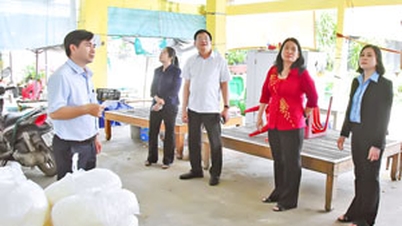



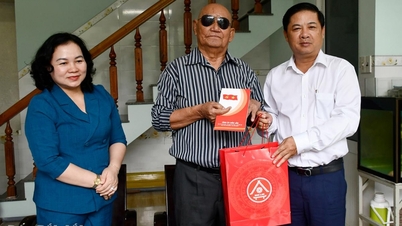

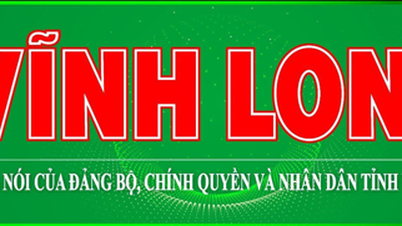













Comment (0)